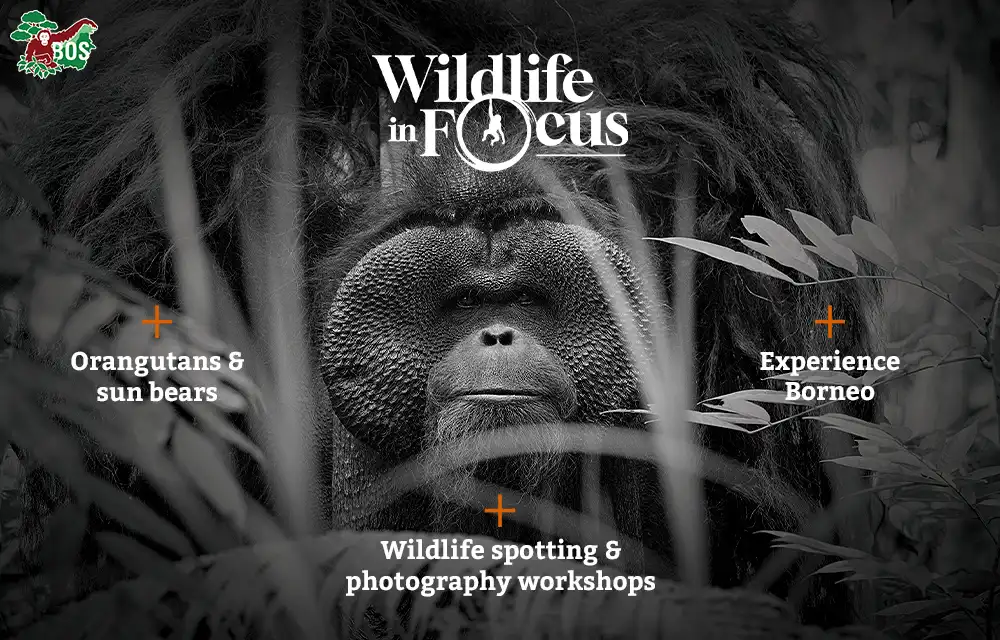The brown wood owl (Strix leptogrammica) is one of the intriguing members of the Strigidae family that inhabits the tropical forests of South and Southeast Asia. Known for its striking physical features and distinctive calls, this owl has captured the attention of bird watchers and nature enthusiasts for years.

The brown wood owl is relatively large, measuring approximately 45-57 cm in length and weighing as much as 1000 grams. Its feathers are predominantly dark brown with dark spots and bright lines on the chest and abdomen. Its face is adorned with fine feathers and impressive ears provide it with sharp hearing to capture prey at night. Breeding usually occurs at the start of the year, between January and April, when they build nests in tree hollows, cliff crevices, or other open structures. Females typically lay around 1-2 eggs, which she will then incubate for about 30 days.
While uncommon, these owls can be found in lowland and mountain forests, as well as remote open areas. Their range stretches throughout South and Southeast Asia, including India, Nepal, Bhutan, Bangladesh, China, Taiwan, Myanmar, Thailand, Laos, Vietnam, Cambodia, Malaysia, and Indonesia. Like most owls, Strix leptogrammica is a skilled nocturnal hunter, preying on numerous species, including small mammals such as rats, rabbits, and squirrels, as well as small birds, insects, and reptiles. They hunt by stealthily stalking from hidden positions and attacking prey with their powerful talons when their unknowing target approaches.
According to the International Union for Conservation of Nature (IUCN), the Red List category of the brown wood owl is Least Concern. Although not yet a major focus of conservation attention, the brown wood owl still faces threats from shrinking habitats. Conservation efforts, including habitat protection and monitoring of illegal trade, are crucial to maintaining its population in the future.
Text by: Communication Team, BOS Foundation Headquarter, Bogor, West Java
Will you help us rescue, rehabilitate and release orangutans back to freedom? Thank you!





